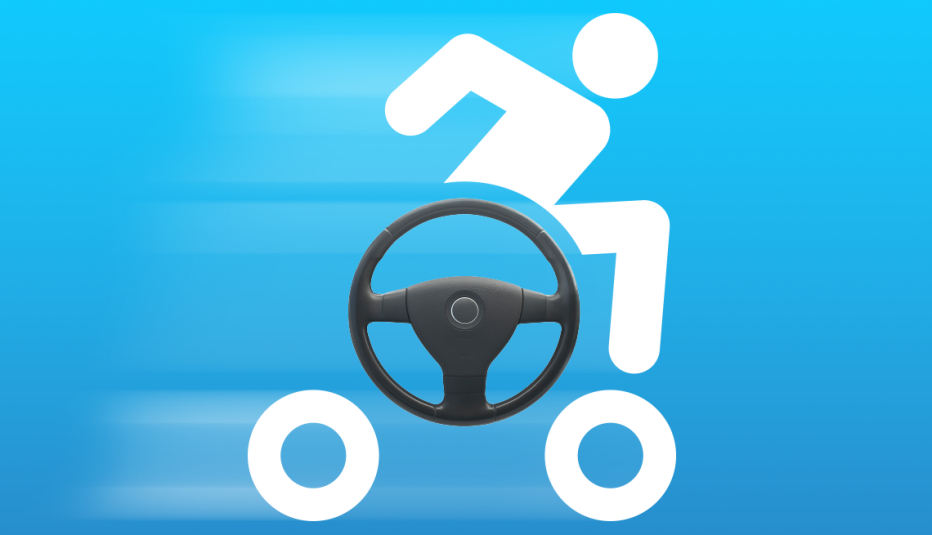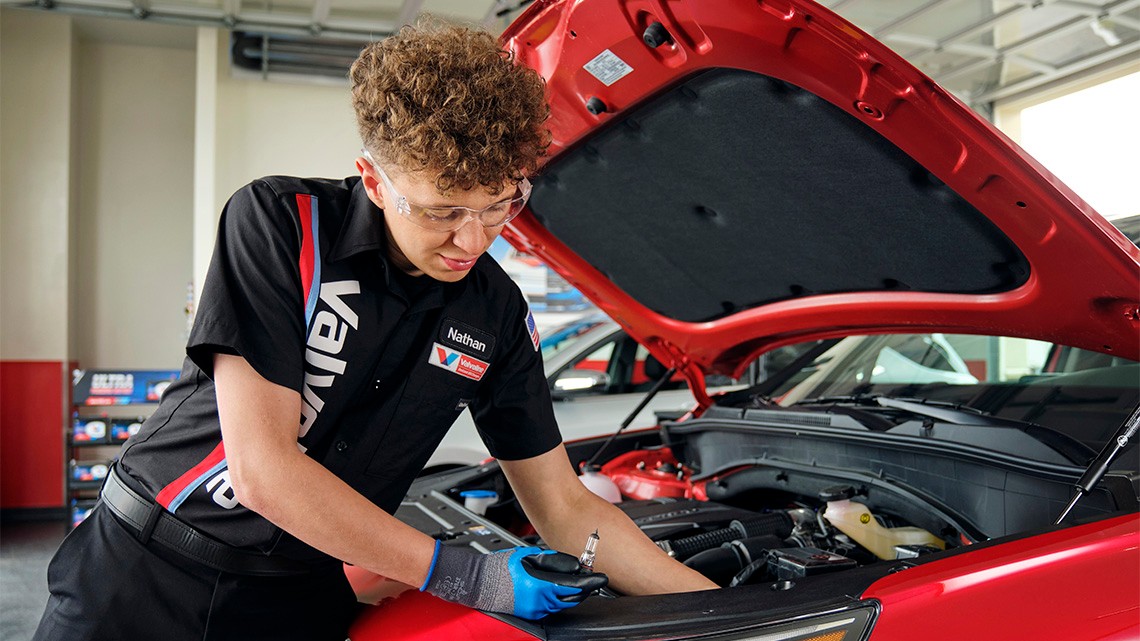Staying Fit


When doctors had to amputate Doug Bergren’s leg halfway down his shin, he had to depend on family and friends for transportation. “I didn’t realize how much I took driving for granted; it felt like a basic freedom was stripped away from me,” recalls Bergren, 51.
But after Bergren was fitted for a prosthetic leg in August 2022 and his car was equipped with a left foot accelerator, he had everything he needed to drive again — except the skills.


AARP Membership— $12 for your first year when you sign up for Automatic Renewal
Get instant access to members-only products and hundreds of discounts, a free second membership, and a subscription to AARP the Magazine.
“Using my left foot for the brake and the gas — which is now to the left of the brake pedal — didn’t come naturally,” he recalls. “Even driving around an empty parking lot was kind of scary. I didn’t brake soon enough, or I’d brake too hard.”
After three sessions with Terri Cassidy, an occupational therapist, certified driver rehabilitation specialist and owner of Health Promotion Partners in Colorado Springs, Colorado, Bergren was able to drive with confidence. “It feels wonderful to have that skill or the means of getting around by myself,” he says. “It felt like something that was natural was restored to me.”
Whether you have new mobility issues, cognitive changes or another medical condition, working with an occupational therapist who specializes in driver rehabilitation can be an important first step in getting back on the road safely.
Training sessions not only assess if you’re road-ready, but also help you get the skills you need to drive safely. Here’s what you need to know.
How many sessions you need depends on your specific situation
Depending on the type of disability a driver has, the number of sessions they need before they can resume driving alone varies.
AARP Driver Resources
- AARP Smart Driver Course — Learn safe driving strategies and you could earn a discount on auto insurance
- CarFit — Enhance your comfort, safety, and fit within your vehicle
Some clients need just one or two refresher lessons, while others, especially if they have to learn how to operate adaptive equipment such as hand controls, might need up to 10, says Susan Touchinsky, an occupational therapist and certified driver rehabilitation specialist with Adaptive Mobility Services in Orwigsburg, Pennsylvania.
Your ability to manage in everyday life (not just on the road) matters
Whether someone’s had a stroke, a heart attack or a head injury, Touchinsky wants to know what other high-level daily tasks they’ve gone back to: Are they working again? Do they have the energy to go to the grocery store or the concentration to play a board game?
“Driving is the hardest thing we do; it takes our vision, our arms, our legs and our thinking. It’s one of the last things we tend to do in recovery, because we want to be as good as we can be when we come back to it,” says Touchinsky.
Often, a driver rehabilitation specialist will consult with other members of your care team, including physicians and physical therapists, before seeing you.



































































More From AARP
What Older Drivers Should Know About Renewing Licenses
Some states require a vision test or an in-person visitDealing With Health Issues That Affect Older Drivers
Use these tactics to overcome age-related roadblocks
Avoid Distracted Driving
Distractions can cause even the most experienced drivers to make dangerous mistakes
Recommended for You